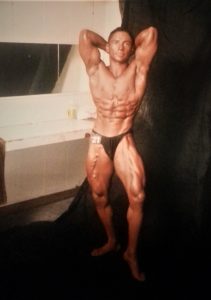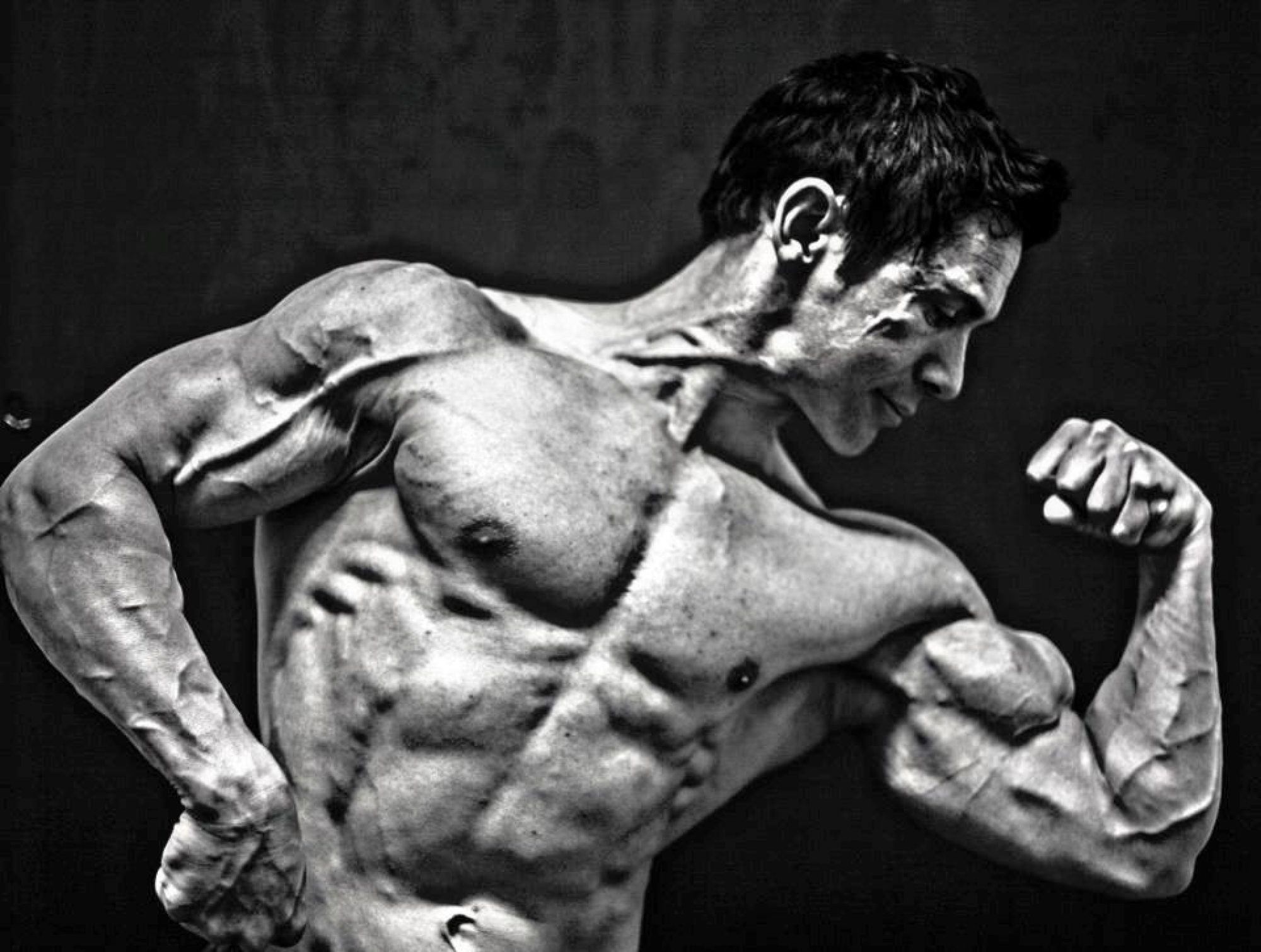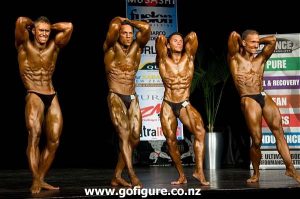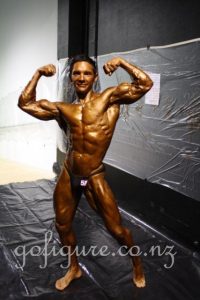
In the past I have tried to avoid using any kind of training aid like straps or weight lifting belts in my training. However, in the last 2 years I have not only used these training aids but used other tools that have enhanced my weight workouts and physique. Below is a list of these aids and how they have worked for me!
1. Straps:
I use both the double and single loop straps in my training. I use the double loop straps for chin ups with one loop around the bar and the other wrapped around my wrist. This takes the biceps out of the movement even more than having a false grip with thumbs over the top of the bar. As a result I can hit the latissimus dorsi better for more muscle growth. I use the single loop straps for exercises where my grip is definitely a weak link and would prevent me from hitting the muscle hard enough to provide enough stimulus for growth (only on the heaviest sets).
2. Belt:
I never used a belt for squatting believing it would prevent me from using my core muscles properly. However, the first time I used it I increased my PB in the squat from 140kg for 8 to 13!! Also, I have a longer torso in relation to my legs and the belt keeps my upper body more upright meaning more stress is placed on the quads where I want it and less on the hips. I make sure I put the belt on tight enough so I can push out against the belt to create maximum tension and strength from the core.
3. Front squat harness:
This handy training aid makes the front squat easier to perform. I have had lots of success with this aid especially with teaching students at school how to squat. They are able to maintain a more upright position (easier to maintain good posture) which hits the quads more effectively; it allows them to squat deeper and they can balance the bar easier also.
4. Knee, Elbow braces:
Training during pre-contest and trying to maintain weights you use in the off-season can be hard on the joints. Using compression braces can help take some stress off the joints so you can focus on feeling the exercise in the muscle more. It can give you a mental boost as you feel safer (realising that you must always maintain good form and not try anything stupid!) Also, it can keep the joints warm during your heaviest sets if you have extended breaks between them.
5. Dipping belt:
The dipping belt is a necessity to progressively overload your muscles in exercises like dips and chin ups. I am only 65-70kg so extra weight is necessary to keep the reps within the muscle building range of 6-12 per set. Dipping belts can be expensive-$100+. I purchased a cheap weight lifting belt, attached some chain to an S hook (which fitted into one of the holes) hammered it in so it would not come out and added a caribina hook to the other end so it could easily be attached to the buckle- it cost me $35 all up.
6. Rubber mats:
I use the rubber mats to elevate my heels during squats as opposed to using plates or a piece of wood as it is more comfortable on the bottom of the feet (I like to squat in bare feet) I put a couple on top of each other until I feel it in my legs exactly how I want. I do the same thing for stiff legged dead-lifts, but under my toes so I get an extra stretch in my hamstrings.
7. Water:
Water is an important aid (for lots of reasons) at every workout! Research has shown that water can improve mental and physical performance by up to 20%! (One big reason) I sip between sets and drink at least 1-1.5 litres of water during each workout. It definitely improves the pump you get and best of all it’s free!
8. Supplements:
Supplements have definitely got better over the years and it has got to the stage where I don’t want to train without them as they make a huge difference in helping me get the most out of my training sessions. Here is my current supplement regime for a workout:
Pre-workout:
2 hours before workout: ½ dose of plasmajet* (5 capsules are more than enough for me) + 2-3 glasses water
1 hour before workout: 2 sc whey protein, 1000mg vit C, 5g glutamine
15 min before workout: ½ tsp beta alanine, 5 g BCAA + 2 glasses water
During workout:
1-1.5 l water.
Post workout:
Immediately after workout: 5 g BCAA.
2 sc whey protein, 1000mg vit C, 5g glutamine, 1 tsp fish oil, 1x multi mineral.
* Plasmajet works for me, but there are other nitric oxide supplements (you should experiment with a range of products to find one that does the business for you as some work better for different individuals) Another product I would use is superpump 250 (it really works too) if I wasn’t so sensitive to caffeine.
I attribute a lot of my progress to these training aids. Add them to your training regime and you’ll be pleasantly surprised how they enhance your workouts and physique!


